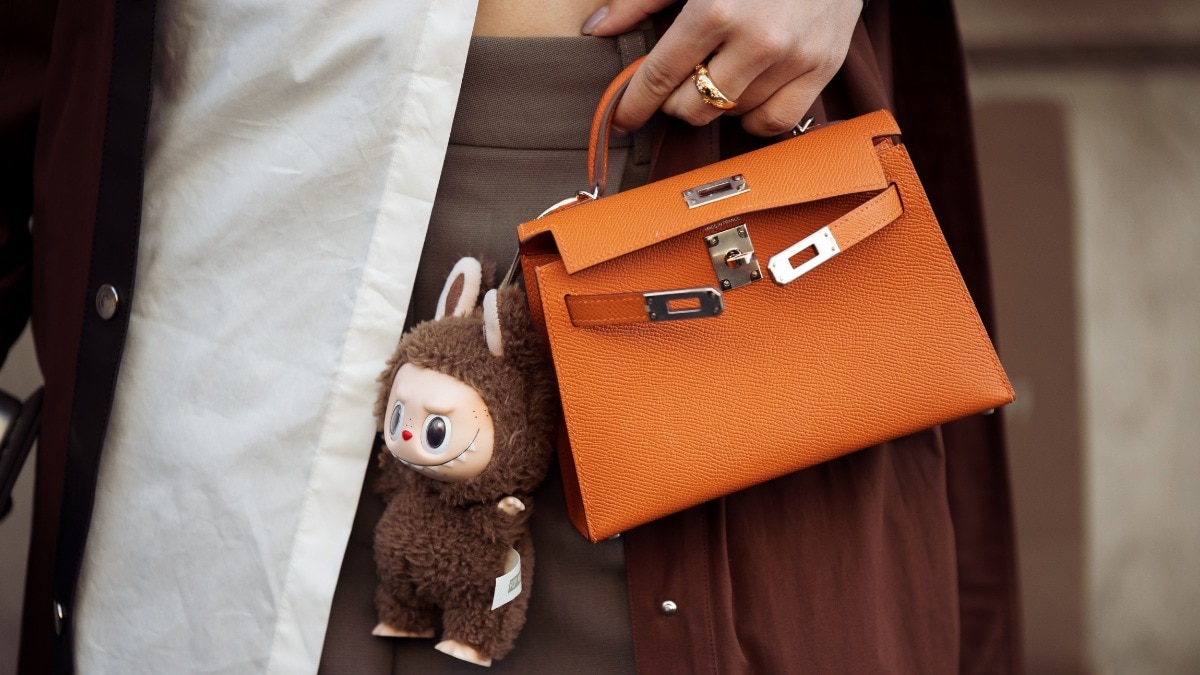The art of body sculpting
Popular in Western Europe for nearly a century, detoxifying and massage treatments are witnessing a spike in the United States.


Puffy, sluggish, and fresh off a recent flight from New York to Paris, I entered the studio of Martine de Richeville, a French aesthetician known for her body-sculpting massages. I’d heard that her treatments, which are sought after by models, Hollywood insiders, and well-heeled Parisians, were transformative. What I learned, however, is they’re not relaxing. As de Richeville kneaded my stomach, legs, arms, and back, encouraging fluid movement and, in her words, “reorganizing fat cells to contour the body,” I winced and stifled a yelp more than once.
“Done!” she announced after an hour, pointing at my now-flat belly and leaner legs. As I sat up, I noted that I also felt lighter and more energetic.

While that was my first experience with body sculpting, this type of treatment has been popular in western Europe for nearly a century. It was originally developed in the early 1930s by Emil Vodder, a Danish massage therapist who theorized, after noting swollen lymph nodes in sick patients, that massage might mobilize fluid in the lymph system, helping the body eliminate toxins faster—and patients heal sooner. This proved true, and in 1936, Vodder introduced “manual lymph drainage” to the medical community in Paris. Eventually, the technique made its way to spas, where it’s been adapted and used to reduce puffiness from stagnant fluid and remodel the body.
These treatments have not been widely available historically in the U.S., but that’s changing. “Social media has raised awareness of wellness, including a focus on our lymphatic system,” says Flávia Lanini, a Los Angeles lymphatic-massage therapist who boasts clients like Hailey Bieber and Dua Lipa—and a months-long wait list for her services.
Some new-to-the-U.S. slimming treatments are marketed as being akin to routine manicures, with the Tox and Stretch*d, both in New York, inviting clients to pop in for a treatment during a lunch break. Others, such as Ricari Studios, which launched a residency at the Mercer hotel in New York in 2022 and will open another in Hotel Emma in San Antonio in early 2023, provide a more luxurious experience. Then there are those that take a medi-spa approach, offering de-puffing treatments developed under the guidance of a doctor, like physician Maurice Beer, who is the medical director of Clean Market in Manhattan.
“Lymph nodes are connected by vessels that carry fluid and nutrients back into the bloodstream, release antibodies to fight infection and help remove toxins from the digestive tract. Massage enhances the fluid flow in the lymphatic system; it’s the solution to body pollution,” explains Beer.
Location and vibe are not the only components that may differ between remodelling services. “The term ‘lymphatic massage’ refers to a variety of modalities,” says Anna Zahn, a lymphatic-massage specialist and founder of the aforementioned Ricari Studios. The original Vodder technique, she says, “uses featherlight gliding, compressing, stretching, and cupping motions,” while many French aestheticians (including de Richeville) often “employ a strong, sometimes painful, palpating and rolling technique.” Finally, there’s a Brazilian approach (favoured by Lanini) in which manual manipulation of the body may be supplemented with wooden tools.
There are also ways to achieve benefits at home—and that’s how I’ve sought to maintain the results I got at de Richeville’s studio. Dry brushes (my personal favourite), massage rollers, and even your hands can all be used to support detoxification, says Viviane Lieberman, a massage therapist and educator for Gente Beauty, which makes products for DIY massage. She suggests starting at your legs, then working up to your stomach, flanks, arms, and chest—always massaging or brushing toward your lymph nodes (behind the knees, above the thighs, under the chest, in the armpit, and along the collarbone) to encourage fluid movement. In addition to massage or dry brushing, Zahn adds that drinking lots of water, Epsom-salt baths, routine saunas, or even wriggling into compression wear to boost blood flow will also minimize fluid build-up and prevent bloating and puffiness.
This piece originally appeared in the print edition of Harper's Bazaar US in December 2022/January 2023










